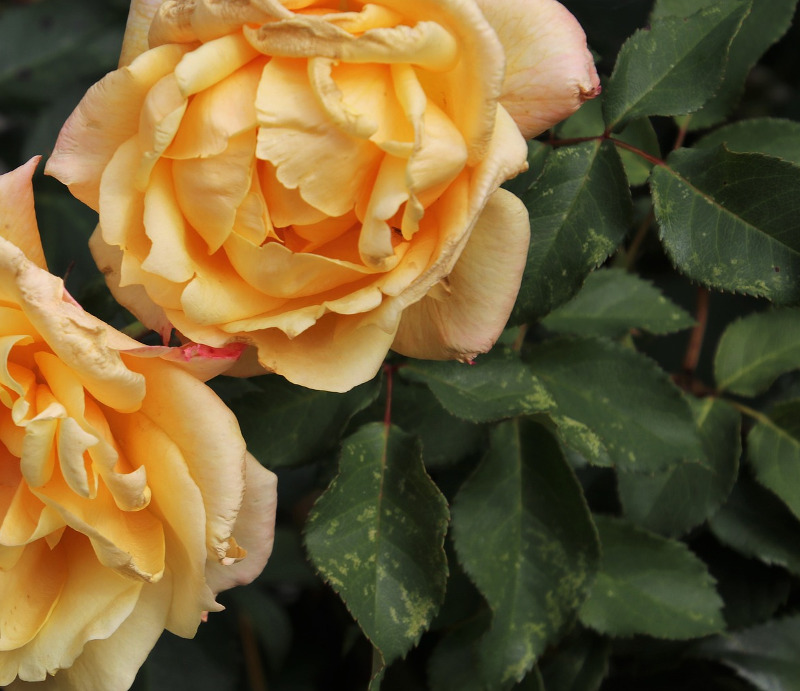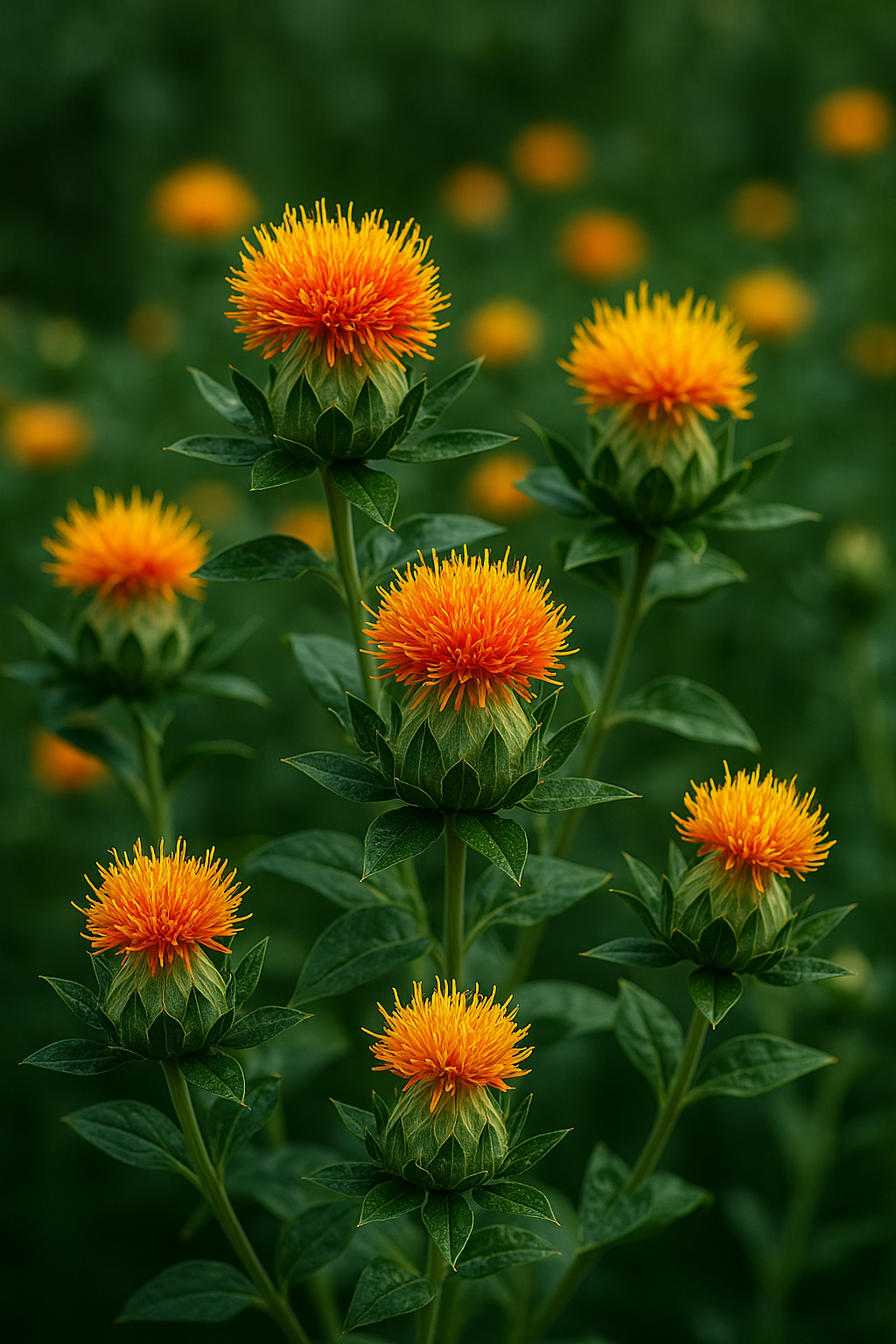Roses are cherished for their vibrant blooms, but when their leaves start turning yellow, it often signals that something is amiss. Yellowing leaves, known as chlorosis, can occur due to various environmental and physiological factors. It’s important for gardeners and rose enthusiasts to observe the timing, pattern, and severity of the yellowing to determine the exact cause and take proper action.
One of the most common causes of yellowing leaves in roses is improper watering. Both overwatering and underwatering can lead to stressed roots, making it difficult for the plant to absorb nutrients. Overwatered soil may become compacted and oxygen-deprived, leading to root rot, while dry soil can dehydrate the plant. Maintaining a consistent watering schedule that keeps the soil moist but not soggy is essential.

Nutrient deficiencies are another key reason for yellowing. Roses require balanced nutrition, particularly nitrogen, iron, and magnesium. A lack of nitrogen results in general yellowing of older leaves, while an iron deficiency typically causes young leaves to turn yellow with green veins. Adding a slow-release fertilizer or correcting soil pH can help the plant absorb these vital nutrients more effectively.
Pests and diseases can also contribute to yellowing leaves. Aphids, spider mites, and thrips can damage rose foliage and suck out plant juices, leading to discolored leaves. Fungal infections like black spot or powdery mildew can also cause leaf drop and yellowing. Regular inspection and use of organic or chemical treatments when necessary can keep these issues in check.
Lastly, environmental stressors such as sudden weather changes, transplant shock, or poor air circulation can impact the health of rose bushes. Too much heat, wind, or even being moved to a new spot can cause temporary yellowing as the plant tries to adapt. Ensuring roses are planted in a location with adequate sunlight, good airflow, and protection from extreme weather can prevent this kind of stress. By observing your roses closely and addressing issues early, you can keep their foliage lush and their blooms vibrant.




Comments
Post a Comment